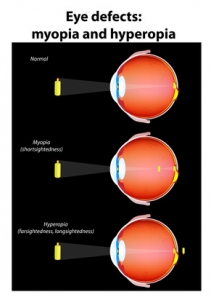Corneal Transplant
What is a Corneal Transplant?
A cornea transplant, which replaces damaged tissue on the eye’s clear surface, also is referred to as a corneal transplant, keratoplasty, penetrating keratoplasty (PK) or corneal graft.
A cornea transplant replaces central corneal tissue, damaged due to disease or injury, with healthy corneal tissue donated from an eye bank. An unhealthy cornea affects your vision by scattering light and causing blurred or distorted vision. In some cases, a cornea can be so damaged or scarred that a transplant is necessary to restore your functional vision.
Cornea transplants are performed routinely. In fact, of all tissue transplants, the most […]

 Dry eye syndrome (DES or “dry eye”) is the chronic lack of sufficient lubrication and moisture on the surface of the eye. Its consequences range from minor irritations, to the inability to wear contact lenses and an increased risk of corneal inflammation and eye infections.
Dry eye syndrome (DES or “dry eye”) is the chronic lack of sufficient lubrication and moisture on the surface of the eye. Its consequences range from minor irritations, to the inability to wear contact lenses and an increased risk of corneal inflammation and eye infections. What are Eye Allergies?
What are Eye Allergies? Hyperopia, or farsightedness, is a common vision problem affecting about 25% of the U.S. population. People with hyperopia can usually see distant objects well, but have difficulty seeing objects that are up close.
Hyperopia, or farsightedness, is a common vision problem affecting about 25% of the U.S. population. People with hyperopia can usually see distant objects well, but have difficulty seeing objects that are up close.